“Color Psychology in Fashion: What Your Outfit Says About You”
Title: Color Psychology in Fashion: What Your Outfit Says About You
Introduction:
In the kaleidoscopic world of fashion, where every hue tells a story, the colors we choose to wear speak volumes about our personalities, emotions, and intentions. Imagine stepping into your closet and facing a vibrant palette, each shade whispering its own secrets about who you are or how you want to be perceived. From the fiery passion of red to the calming serenity of blue, the colors we adorn ourselves with can significantly influence not only how we feel but also how we are perceived by others. This article delves into the intriguing realm of color psychology in fashion, exploring how different shades can reflect our moods, convey messages, and even shape our identity. Join us on this colorful journey as we uncover the hidden meanings behind your outfit choices and the powerful language of color that adorns our everyday lives.
Understanding the Emotional Spectrum of Colors in Fashion
Colors convey profound emotional messages that influence how we perceive and respond to fashion choices. When choosing an outfit, the color palette can evoke strong feelings not just within the wearer, but also in those who observe them. For example, wearing red can symbolize passion and excitement, while blue often represents calmness and trust. A subtle shift in hue can change the vibe entirely; for instance, green embodies growth and harmony, whereas black might evoke sophistication or even mystery. Understanding these associations allows individuals to tailor their wardrobes to project the desired image, creating a powerful statement through moderate adjustments in color selection.
Moreover, the interplay of colors can enhance the emotional message conveyed through fashion. When combined strategically, colors can create a dynamic aesthetic. Consider these combinations and their emotional implications:
| Color Combination | Emotional Impact |
|---|---|
| Blue + Yellow | Joyful and Inviting |
| Black + Gold | Elegant and Luxurious |
| Red + White | Bold and Refreshing |
| Purple + Grey | Creative and Sophisticated |
By being mindful of these color dynamics, individuals can not only reflect their mood and personality but also influence their interactions and experiences throughout the day. Embracing the emotional spectrum of colors empowers each person to express their unique identity through their wardrobe choices, shifting perceptions and creating a lasting impression with every outfit.
The Influence of Color on First Impressions and Social Perceptions
The way colors influence first impressions and social perceptions is both profound and fascinating. When we step into a room wearing a specific hue, that color acts as a silent communicator, conveying messages before we even say a word. For instance, bold colors like red can evoke feelings of power and confidence, making us seem more approachable yet assertive. In contrast, softer tones such as pastels can project warmth and calmness, inviting conversation and a sense of ease. Such color choices can shape the narrative of how others perceive us, reinforcing the idea that our attire—especially the colors we select—plays a crucial role in our social interactions.
Moreover, color combinations can further enhance these perceptions, amplifying the psychological effects. The table below illustrates some common colors, their associated meanings, and the impressions they tend to create:
| Color | Associated Meaning | First Impression |
|---|---|---|
| Red | Passion, Energy | Confident, Attention-Grabbing |
| Blue | Trust, Calmness | Reliable, Professional |
| Green | Growth, Nature | Reassuring, Friendly |
| Black | Elegance, Authority | Mysterious, Powerful |
| Yellow | Happiness, Creativity | Optimistic, Energetic |
Understanding these dynamics can empower individuals to wield color as a tool for self-expression and influence. As we navigate social scenarios, being mindful of the colors we wear can shape not just our own experience but also the perceptions and reactions of those around us.
Choosing the Right Colors for Your Personal Brand and Aspirations
When it comes to building a personal brand, the colors you choose can profoundly impact how others perceive you. Different shades evoke specific emotions and can signal various traits that you embody. For example, blue often represents trust and reliability, making it an ideal choice for professionals in corporate settings. On the other hand, red exudes energy and passion, perfect for creative industries or when you want to make a bold statement. Think about the aspirations you want to communicate—whether it’s confidence, creativity, or calmness—and let that guide your color choices.
To help you select the ideal palette, consider the following attributes associated with popular colors:
| Color | Associated Traits | Ideal Usage |
|---|---|---|
| Yellow | Optimism, Creativity | Workshops, Networking Events |
| Green | Balance, Growth | Health & Wellness Fields |
| Purple | Luxury, Ambition | Special Occasions, High-End Meetings |
| Black | Power, Sophistication | Formal Events, Interviews |
By aligning your wardrobe with the emotions and traits you wish to project, you can enhance your personal brand and propel your aspirations forward. Assess your goals alongside these color associations, and don’t hesitate to experiment; remember, your outfit is a powerful extension of your identity.
Transforming Your Wardrobe: Practical Tips for Color Coordination
Color coordination can dramatically elevate your style, allowing you to express your personality and mood through your wardrobe. To master this art, consider the color wheel. Understanding complimentary, analogous, and triadic color relationships will help you mix and match pieces effortlessly. For instance, pairing a vibrant orange with deep blue can make a bold statement, while softer shades like lavender and mint can offer a more subdued elegance. Here are some practical tips to help you revamp your closet:
- Start with Neutrals: Build a base of neutral pieces to ensure versatility.
- Accent with Color: Use bright colors as focal points or accessories to draw attention.
- Experiment with Textures: Different materials can enhance or soften the overall color effect.
- Know Your Undertones: Identifying whether you have warm or cool undertones will guide you in choosing the most flattering shades.
To further refine your color coordination skills, consider creating a simple reference table that categorizes colors. This visual guide will simplify your choices when assembling outfits. Below is a straightforward example:
| Color | Associated Mood | Best Combinations |
|---|---|---|
| Red | Passion | Black, White |
| Blue | Calm | Gray, Yellow |
| Green | Growth | Brown, Beige |
| Purple | Luxury | Gold, Silver |
Implementing these strategies can refine not just your colors but the confidence you exude while wearing them. The right color combinations can instantly uplift your mood and reflect who you are, making it essential to explore and enjoy the journey of personal expression through fashion.
The Way Forward
As we draw the curtain on our exploration of color psychology in fashion, it’s clear that every outfit you choose is more than just fabric and style—it’s a vivid expression of who you are and how you wish to be perceived. From the calming depths of blue to the vibrant energy of red, colors play a profound role in our daily lives, subtly influencing our moods, interactions, and even decision-making.
In understanding the psychological impact of the hues in our wardrobes, we gain a powerful tool for self-expression and confidence. So, the next time you open your closet, pause to consider the message you want to convey. Whether you’re aiming to project professionalism, creativity, or warmth, remember that the color palette at your fingertips can illuminate your personality in ways that words often cannot.
Ultimately, fashion is not just about trends or seasonal styles; it’s an art form that embodies emotion, identity, and aspiration. Embrace it, experiment with it, and allow it to speak for you. After all, your outfit is your canvas—make it a masterpiece.
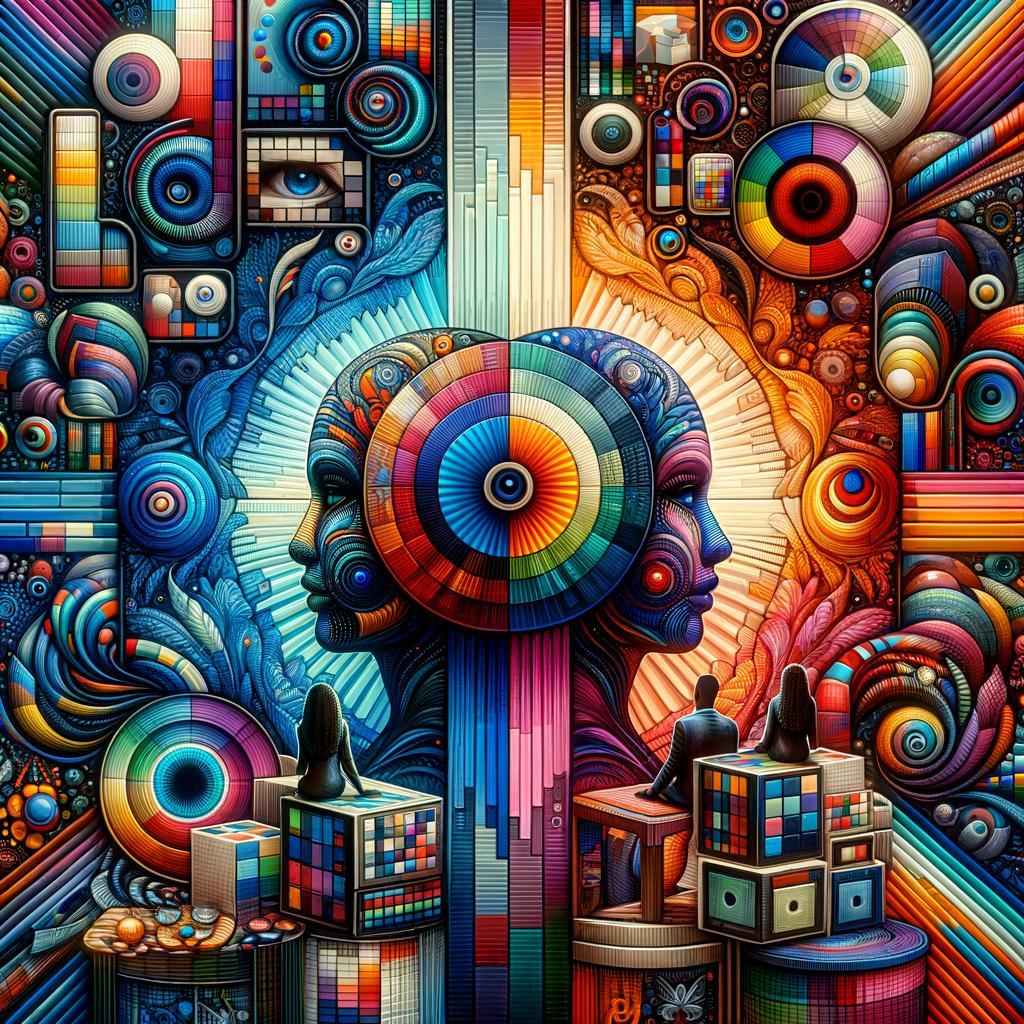
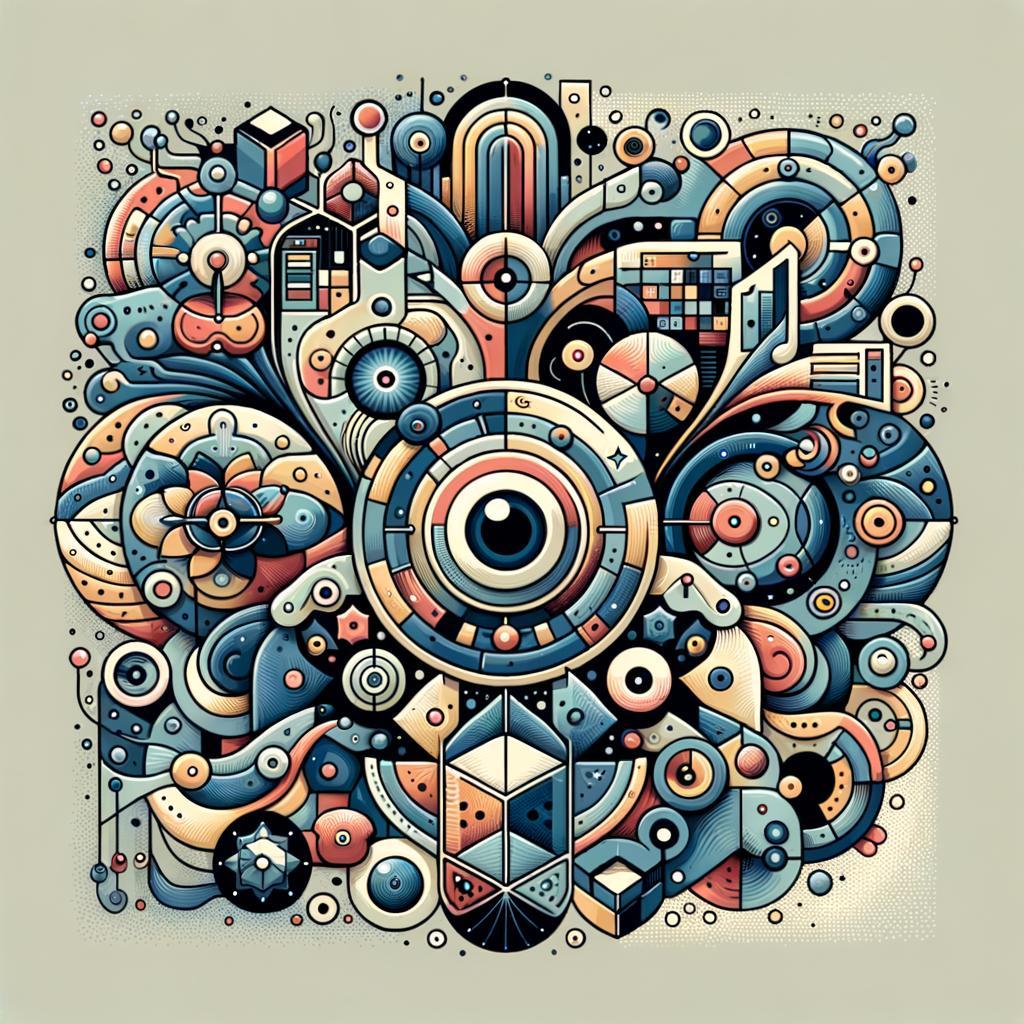


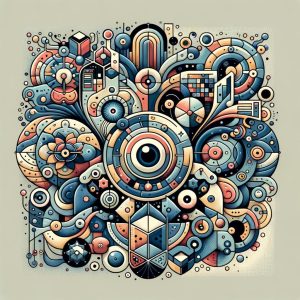





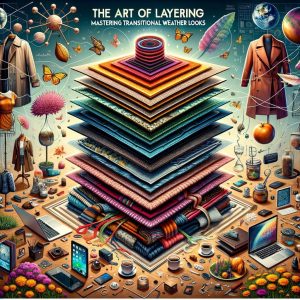
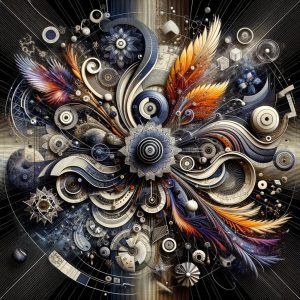
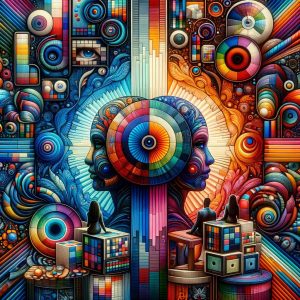
Post Comment